5 Essential Tips for Choosing the Right Wire Cable Tray for Your Project
When it comes to the efficient management of electrical wiring in commercial and industrial settings, selecting the right wire cable tray is paramount. According to a report by MarketsandMarkets, the global wire cable tray market is projected to reach USD 6.6 billion by 2026, growing at a CAGR of 4.8%. This significant growth underscores the increasing recognition of the critical role that wire cable trays play in enhancing safety, cable organization, and accessibility during maintenance. However, with numerous options available, choosing the appropriate wire cable tray can be overwhelming. Factors such as material type, load capacity, and installation environment must be carefully considered to ensure that your project meets both regulatory standards and operational efficiency. This blog aims to provide you with five essential tips to guide you in selecting the right wire cable tray for your specific project needs.
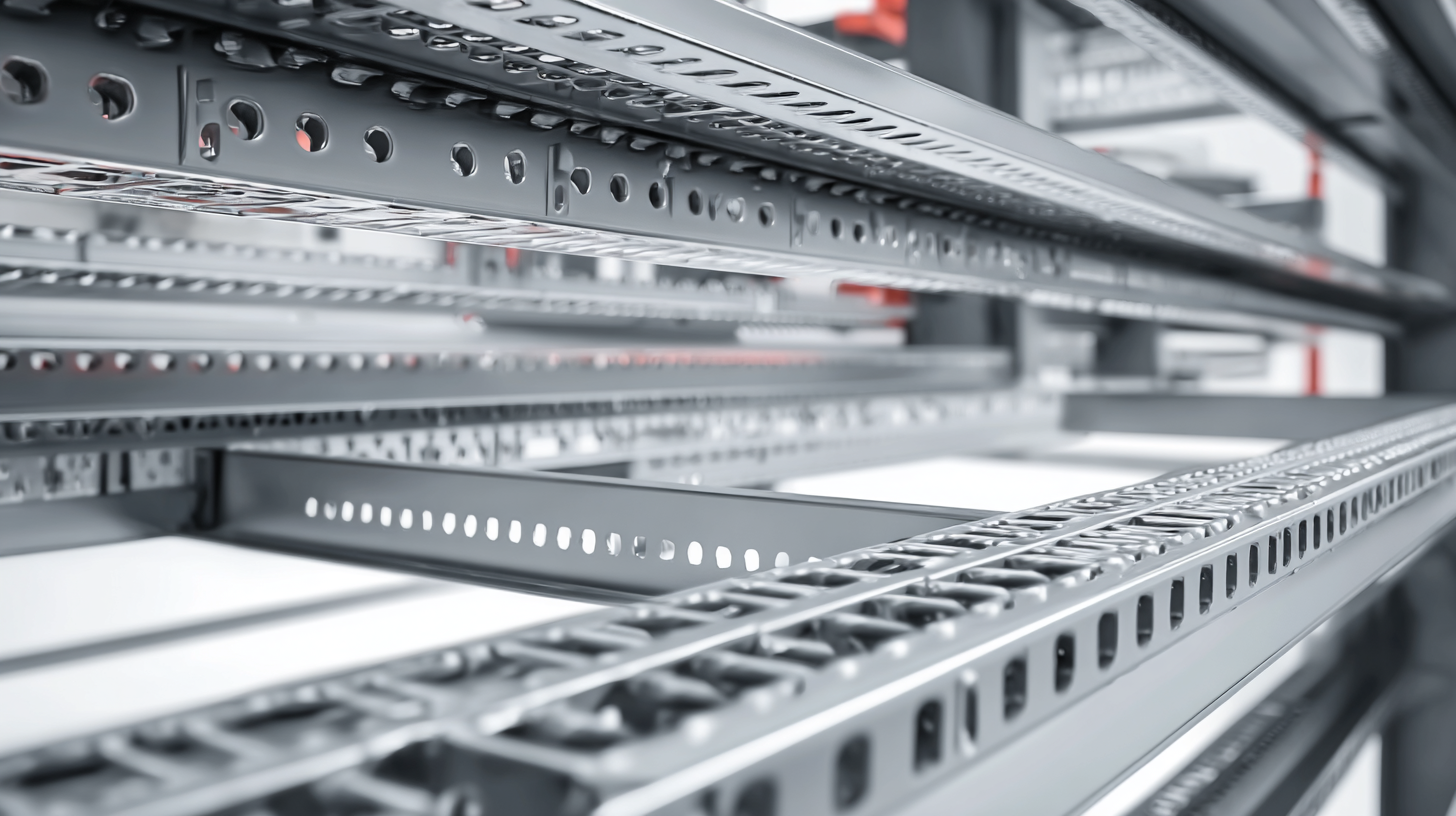
Understanding Different Types of Wire Cable Trays and Their Applications
When selecting the right wire cable tray for your project, it's crucial to understand the various types available and their specific applications. Wire cable trays come in several materials, including metal and fiber-reinforced plastic (FRP), each suited for different environments and electrical needs. For instance, polyester and vinyl ester are popular choices for FRP cable trays, known for their corrosion resistance and lightweight properties, making them ideal for industries such as telecommunications and energy. The growing focus on renewable energy sources is expected to significantly bolster demand for these specialized trays, particularly in solar and wind power installations.
According to recent market assessments, the global FRP cable tray market is projected to witness substantial growth, driven by increasing investments in sustainable energy practices. The construction industry's demand for cable management solutions is a major catalyst, with a notable rise in installations across developing regions. The cable tray market is anticipated to continue its upward trajectory, with a surge in environmentally conscious projects requiring efficient and durable cable systems. As projects align with renewable energy initiatives, understanding the different types of wire cable trays and their optimal uses will become increasingly essential for success in this sector.

Key Factors to Consider When Selecting a Wire Cable Tray for Your Needs
When selecting the right wire cable tray for your project, several key factors should be taken into account to ensure optimal performance. One of the foremost considerations is the material of the cable tray. Options such as galvanized steel, aluminum, and fiberglass each have unique properties that make them suitable for different environments. For instance, galvanized steel is robust and ideal for industrial settings, while aluminum is lightweight and resistant to corrosion, making it suitable for outdoor applications.
Another critical aspect is the size and capacity of the cable tray. It's essential to assess the dimensions of the tray relative to the cables it will house. Choosing a tray with adequate space can prevent overheating and allow for future expansion. Additionally, understanding the weight load capacity is paramount, especially in commercial installations where heavy cables are involved. Lastly, consider the installation process and accessibility for maintenance when selecting a wire cable tray, as these factors can significantly impact the overall efficiency and effectiveness of your cable management system.
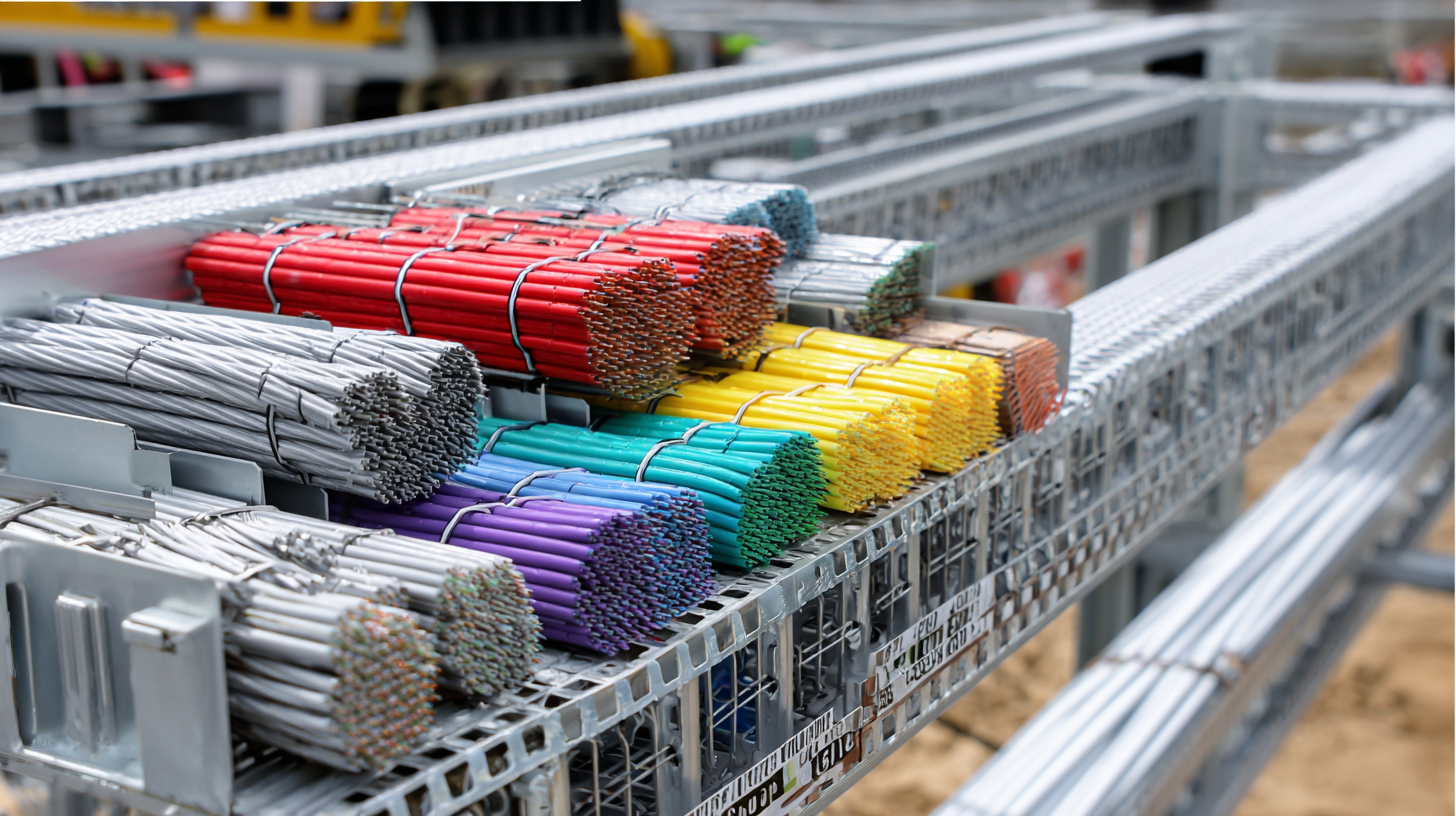
Assessing Load Capacity and Strength Requirements for Wire Cable Trays
When selecting a wire cable tray for your project, assessing the load capacity and strength requirements is paramount. The load capacity of a cable tray refers to the maximum weight it can support without compromising its structural integrity. This capacity depends on several factors, including the materials used, the tray design, and the spacing of supports. For projects dealing with heavy cabling or additional equipment, it’s crucial to choose a tray that not only meets but exceeds the weight requirements specified in your project plans.
Furthermore, understanding the strength requirements involves evaluating the environmental conditions and potential stresses the tray will face. This includes factors such as temperature variations, exposure to chemicals, and the possibility of physical impacts. Choosing the right material—be it steel, aluminum, or fiberglass—is essential for ensuring durability and reliability over time. Conducting a thorough analysis of these aspects will help in selecting a cable tray that provides both safety and efficiency, allowing for seamless installation and long-term performance in your electrical or networking systems.
Evaluating Materials and Durability for Long-Term Performance
When selecting a wire cable tray for your project, evaluating the materials and durability is critical for ensuring long-term performance. A recent report by the International Electrotechnical Commission (IEC) indicates that the material choice significantly impacts the tray's lifespan. For instance, steel trays are known for their strength and ability to withstand higher loads but require corrosion protection to ensure durability in harsh environments. In contrast, aluminum trays offer excellent resistance to corrosion, making them suitable for environments with high humidity or exposure to chemicals.
Moreover, the durability of the cable trays is not solely based on material but also influenced by the coating and finish applied to the trays. According to a study by the National Electrical Manufacturers Association (NEMA), trays that are hot-dipped galvanized can extend service life by over 60% compared to untreated steel options. Additionally, the thickness of the material plays a vital role; using thicker gauges can contribute to increased strength and resistance to deformation under load. Therefore, assessing both the material and protective coatings will ensure that the chosen cable trays meet the demands of your specific project while providing optimal longevity.
Installation Guidelines and Best Practices for Wire Cable Tray Systems
When selecting a wire cable tray system for your project, understanding the installation guidelines and best practices is crucial for ensuring both efficiency and safety. Proper installation begins with evaluating the specific needs of your environment. Factors such as load-bearing capacity, cable types, and fire safety considerations should heavily influence your choice. An organized cable tray layout not only simplifies future maintenance but also mitigates potential hazards associated with heat buildup and electrical interference.
Moreover, adhering to installation best practices is vital to optimize the performance of your cable tray system. For instance, ensure that the tray is securely mounted and supported according to the manufacturer’s specifications, as failure to do so could lead to sagging or damage over time. It's also essential to keep cables organized and easily accessible, as this not only facilitates regular inspections but also improves the overall safety of the installation. By following these guidelines, you can create a robust wire cable tray system that stands the test of time, enhancing both functionality and fire protection in your building.
Wire Cable Tray Selection Criteria
Related Posts
-
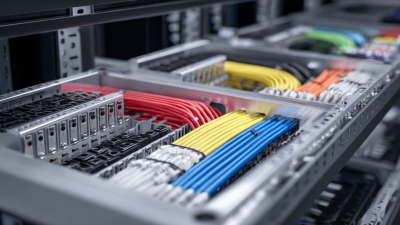
How to Choose the Right Cable Tray for Your Electrical Installation Needs
-

10 Essential Checklist Items for Sourcing the Perfect Basket Cable Tray for Your Project
-
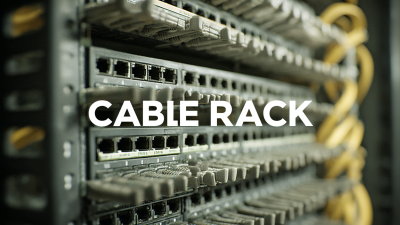
Exploring Innovative Alternatives to the Best Cable Rack Solutions for Efficient Organization
-
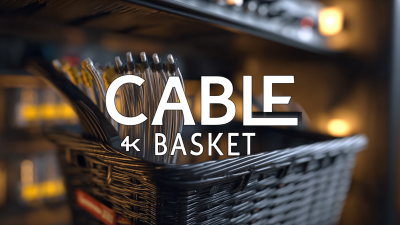
Solutions for Optimal Cable Management with Best Cable Basket
-
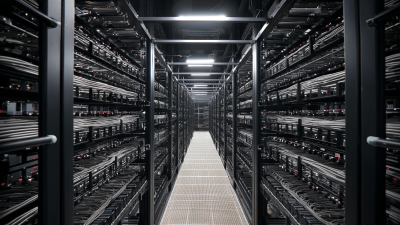
Discover Premium Cable Racks from China's Leading Manufacturing Hub
-
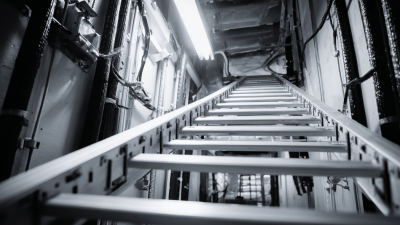
How to Choose the Best Ladder Cable Tray: A Comprehensive Step-by-Step Guide
